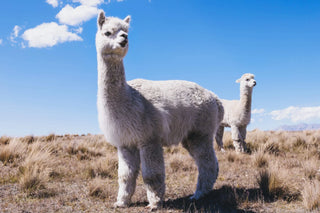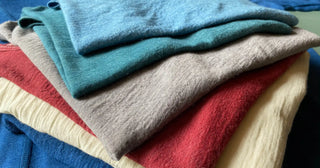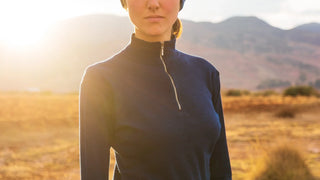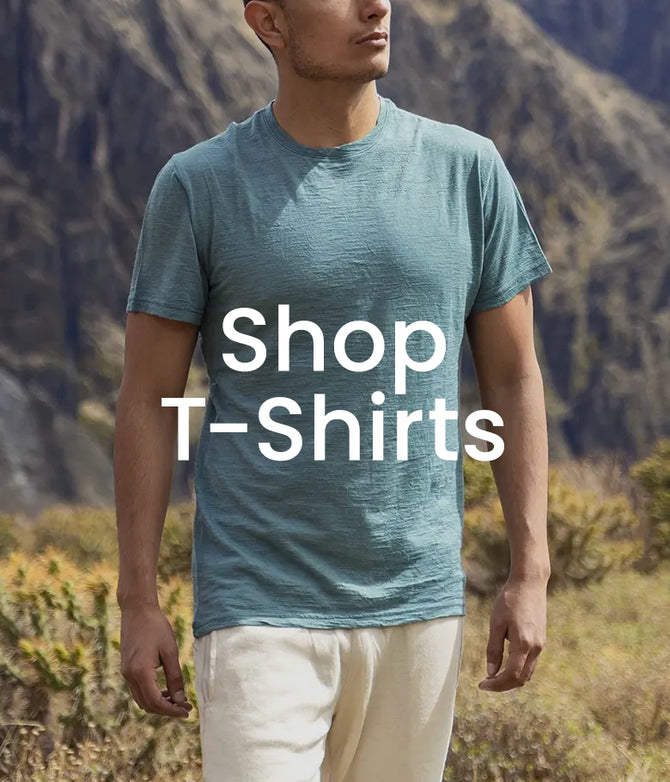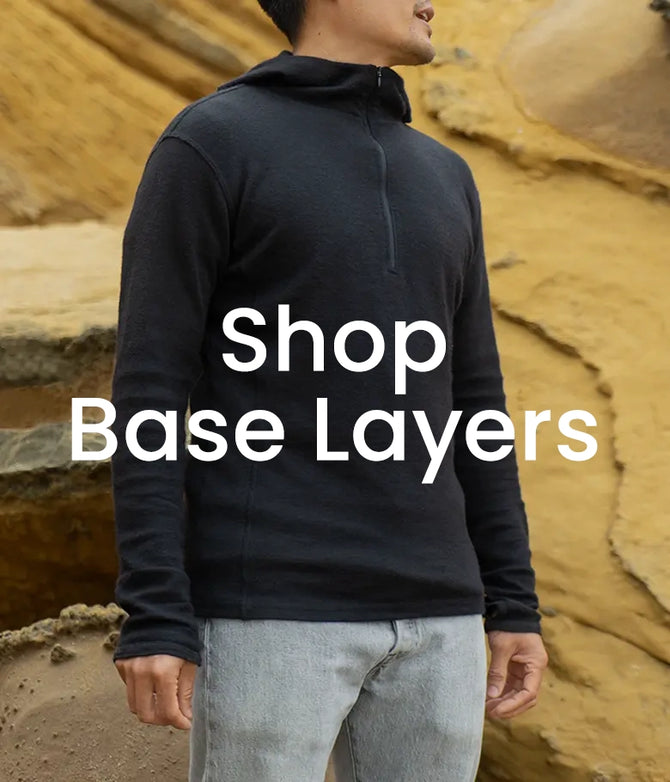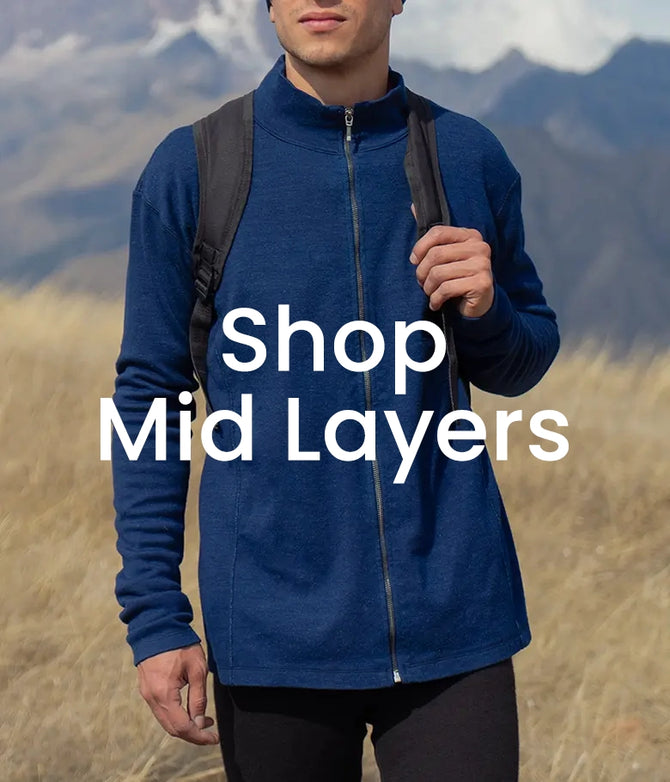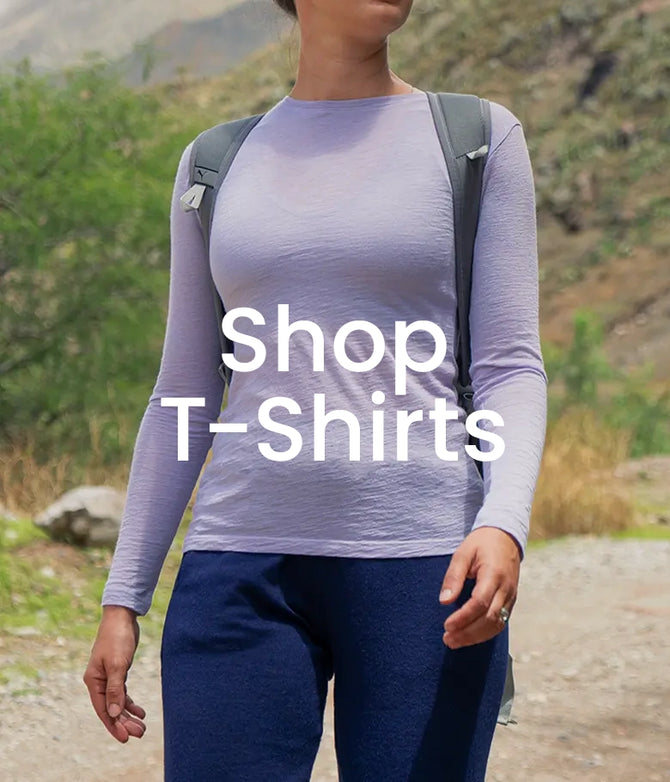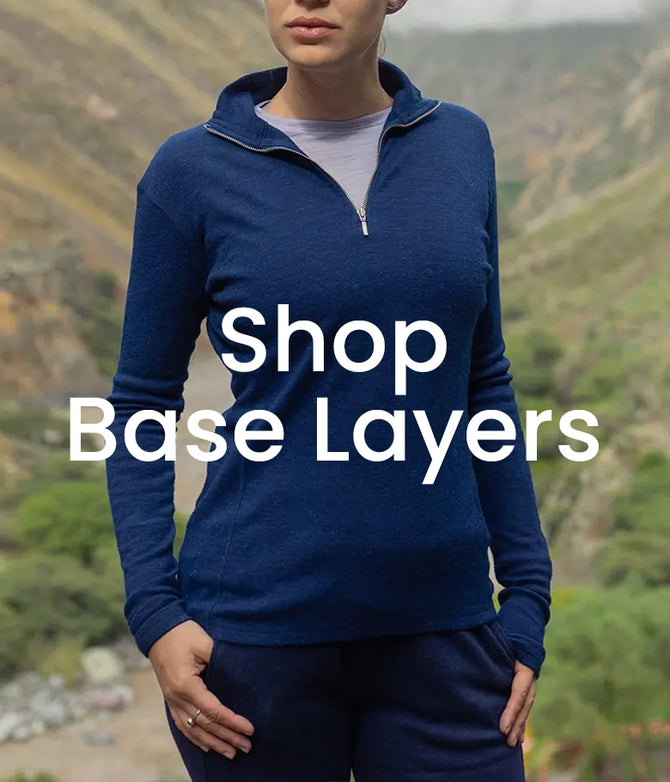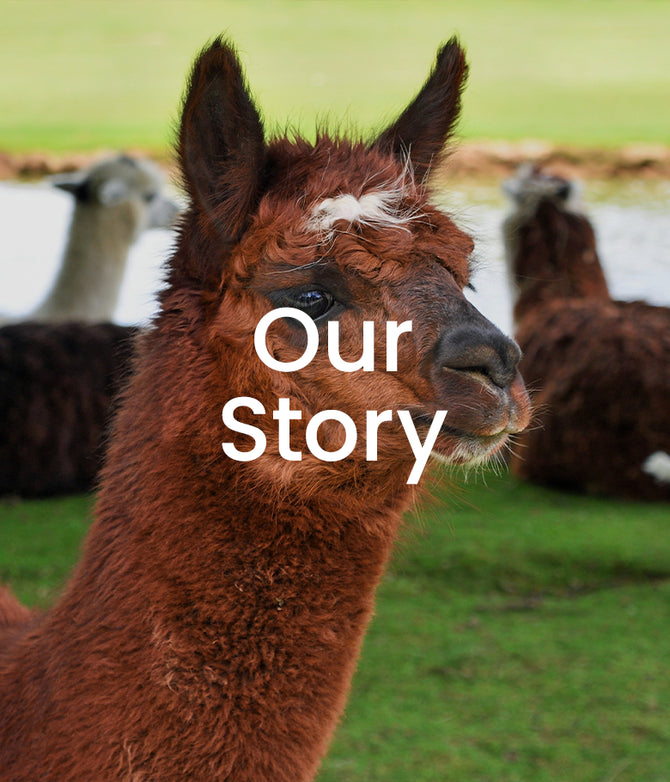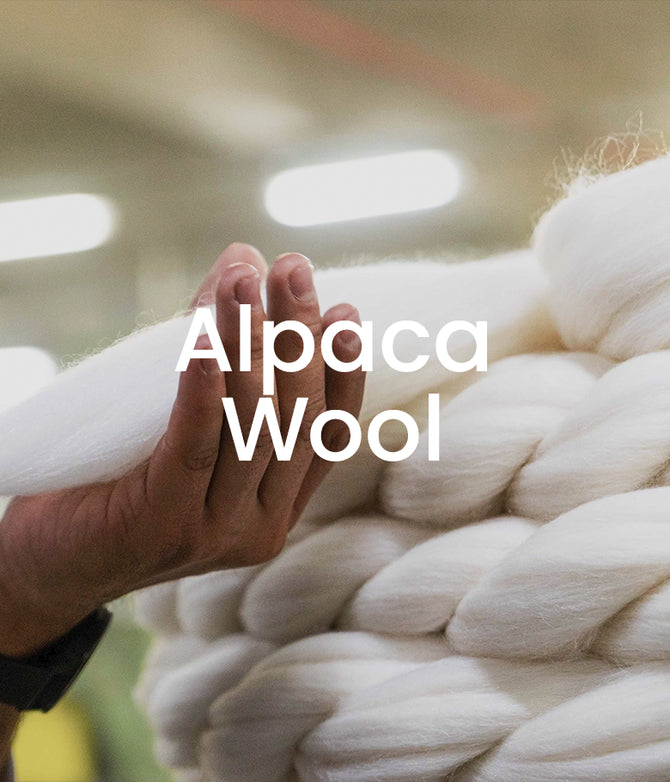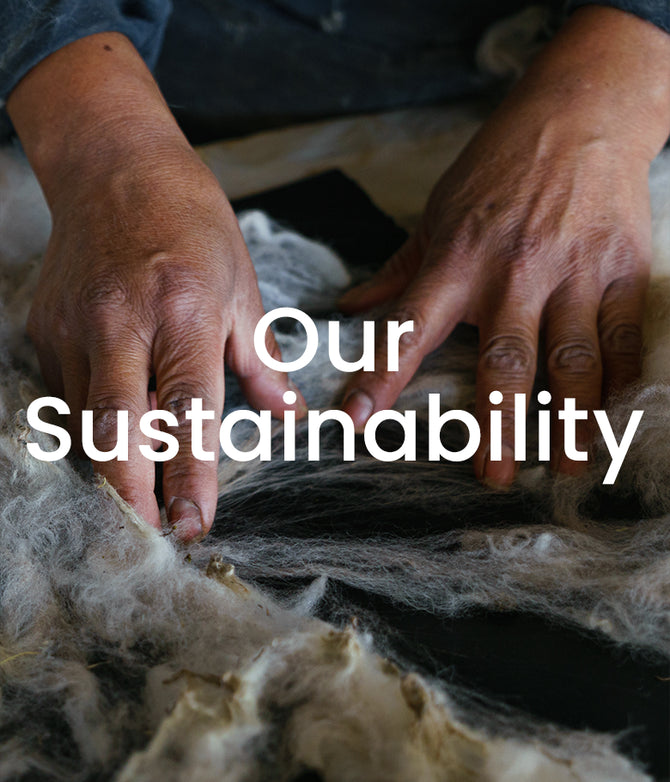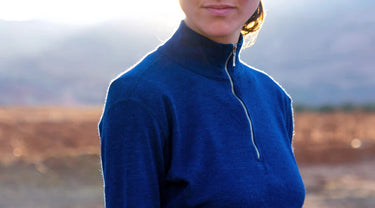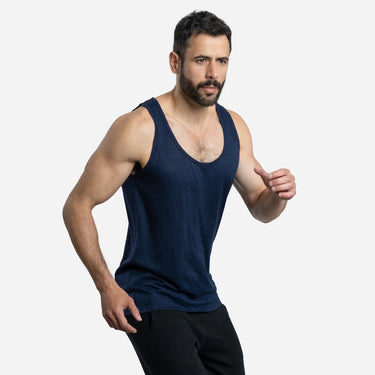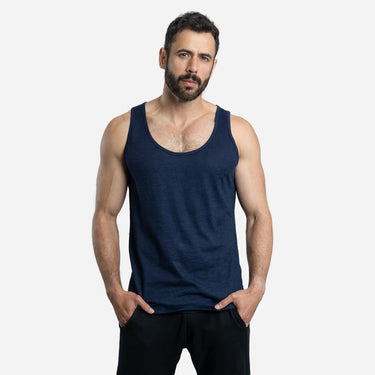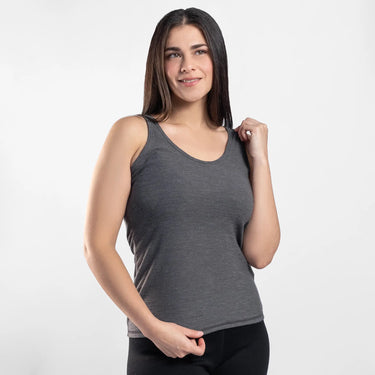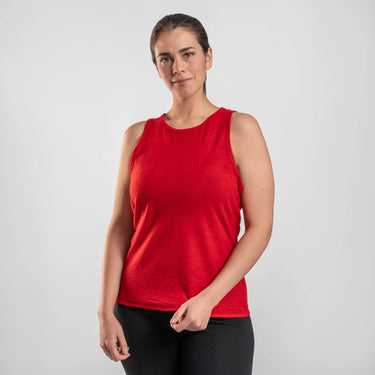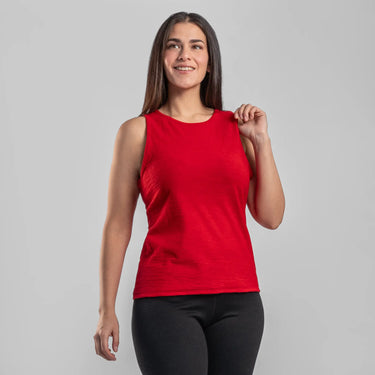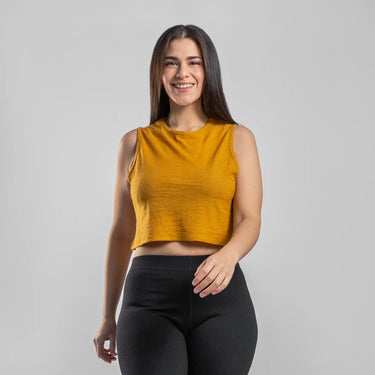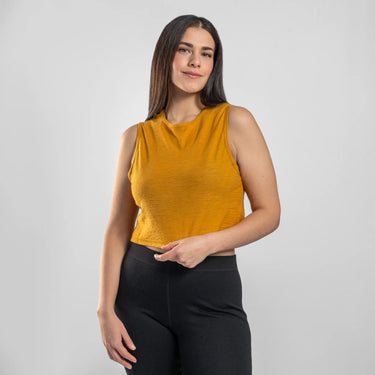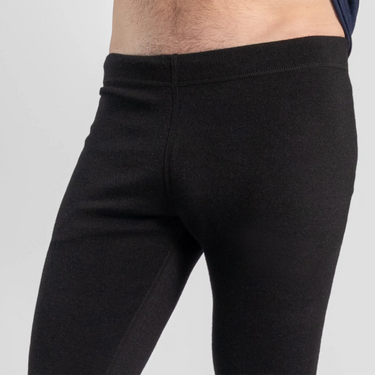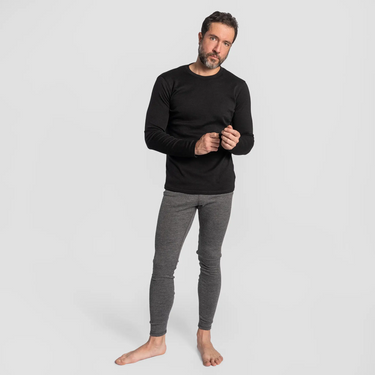Peru. Known around the world for Machu Picchu, acclaimed for its cuisine, and visited by hundreds of thousands of travelers each year, eager to experience the legacy of the Inca Empire.
And yet, there’s something about Peru that doesn’t quite fit into the expected.
Not strange, but different. It resists categories. A country of layered contrasts: coast, highlands, and rainforest, like three distinct languages that somehow tell a single story. The story of a land that doesn’t need to explain its richness, because it’s felt—in the air, in the color of the soil, in the way time passes.
In Peru, everything seems to have another layer. A second reading. Behind every traditional dish lie centuries of innovation without branding. Behind every ruin, not just stone—but cosmology. Behind every fiber, not just warmth—but geography, care, and patience.
But this other Peru—the one beneath the surface—isn’t easily translated. That’s why many travelers miss it. They come looking for spectacle, and miss the subtlety. They come for the postcard and don’t realize that what matters most isn’t in the monumental, but in the quiet: in the gestures, the materials, the silences.
Perhaps that’s why some of the culture’s deepest expressions have been preserved without fanfare. Far from the noise. In the highlands, for instance, people still herd as they did centuries ago. Not out of resistance to progress, but because some things were simply done right the first time.
Alpaca herding is not just an economic activity. It is a mutual relationship—built over generations—with an animal that has helped sustain Andean life for thousands of years.
The alpaca is not a resource. It is a companion.
And you can feel that. In the way the fiber is sheared without harm. In how it’s spun without chemicals, using inherited techniques. In the way it’s dyed with plants and minerals that honor the landscape rather than pollute it. Nothing is accidental. Nothing is improvised. It all comes from a bond that never needed to be labeled “sustainable” to be sustainable. It just is—because it follows an older understanding: take care of the Earth, because it takes care of you.
And that other Peru, the one of rituals, of weaving, of dry, clean Andean air - you can wear it. You can touch it. You can feel it in a garment crafted with the same philosophy that once shaped terraces, roads, and temples.
So when we talk about sustainable fashion in Peru, we’re not speaking of a trend. We’re remembering what the country has always known how to do. Because before fast fashion, there was patience. And long before polyester, there was alpaca.
That’s when we begin to understand what “Made in Peru” really means. It’s not just a place of origin. It’s a philosophy of creation. A way of understanding time, the body, and beauty. And also, a way of dressing. A garment can be soft and strong at once, like the Andes. It can be quiet, yet deeply meaningful.
Those who manage to translate this sensitivity - without forcing it, without overstyling it, without stripping it of its essence - aren’t just making clothing.
They’re making memories...
They’re making presence...

